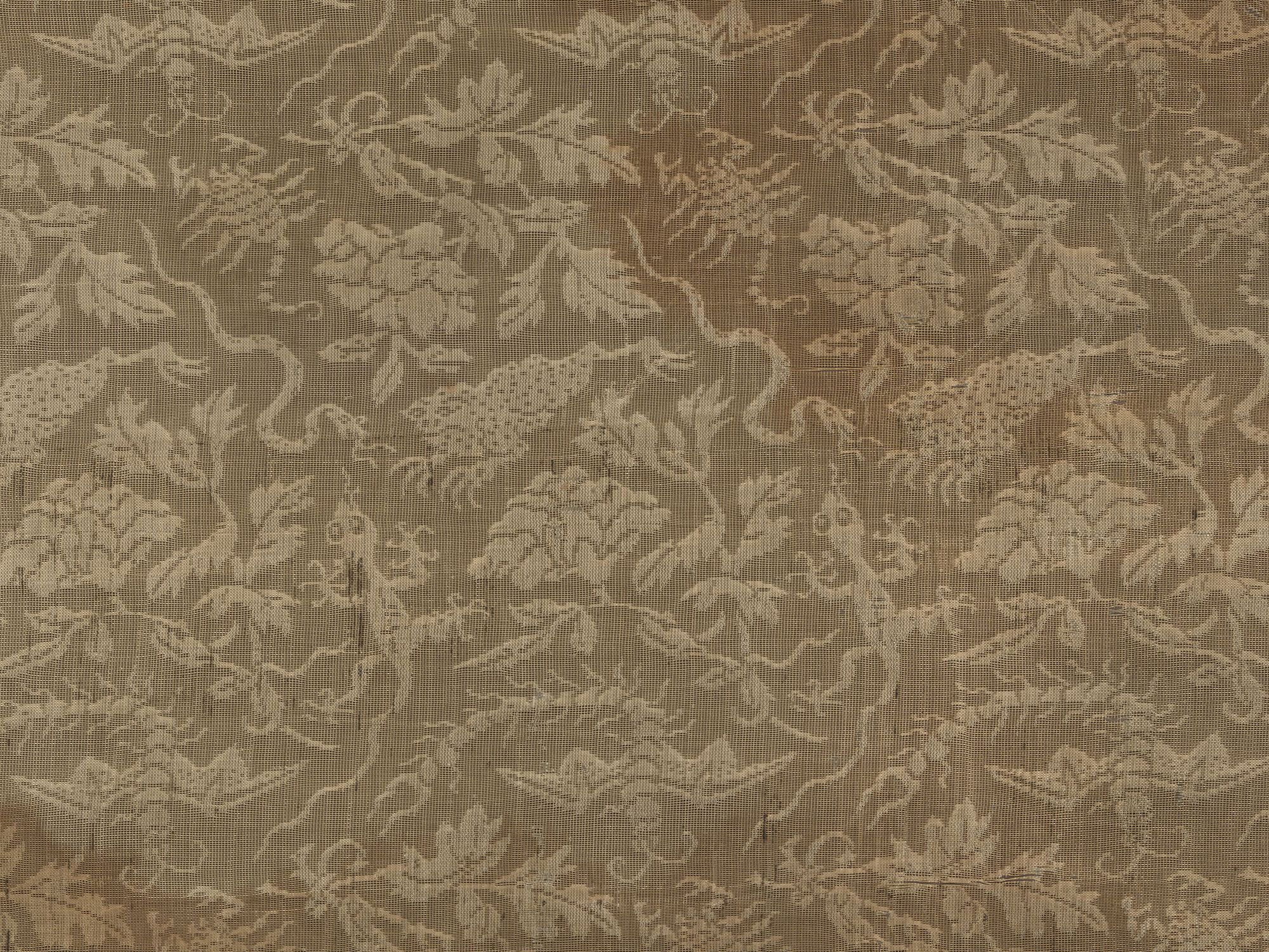The House Centipede Is Your Terrifying Best Friend

On the wall of the hallway illuminated by a spare bulb at midnight; in the bathtub creeping near the drain at the crack of dawn; on the radiator long cooled in the heat of summer, it appears. Moving like liquid steel at 16 inches per second on an alarming array of yellowish legs (15 pairs to be exact), including some that stretch longer than the length of its body, and striped with black, it looks as if it has excavated itself from a primordial world of horrors beyond the stars to upend your humble reality. But although the house centipede—Scutigera coleoptrata—has the form of an eldritch god’s executioner, it is more of a friend than a foe. At least unless you are a cockroach, bed bug, termite, silverfish, or other hapless small arthropod stalked through the night, in which case the house centipede is the death knell ringing before you have time to hear it.
If the enemy of your enemy is your friend, then a city apartment dweller has no greater ally than the house centipede. Although its body usually measures about one inch long, its astounding number of legs—adult females have a last pair that doubles their length—and spindly antennae give it a deadly ground coverage of multiple inches. It can be long-lived, up to seven years, during which it molts and grows into a formidable hunter after being born with just four legs. First with venom and then with the coil of its legs around a body, it takes down its prey in a leap.
House centipedes arrived in New York City in the 19th century, having migrated from the Mediterranean and then up through the southern United States, being recorded in Pennsylvania in 1849. By the time The Principal Household Insects of the United States report was published by the Department of Agriculture’s Division of Entomology in 1896, the “very delicate creature” that is “almost impossible to catch…even should one desire to do so” was described as common in New York.
The shadowy spaces in buildings are where house centipedes thrive in urban places, and except when cornered and provoked, they do not attempt to sting humans with their forcipules that struggle to break the skin (unlike the bed bugs they feast upon). Despite the free, all-natural pest control service it offers, a house centipede can be hard to love. (Entomologist C.L. Marlatt wrote in 1902 that it can sometimes be found “darting directly at inmates of the house, particularly women, evidently with a desire to conceal itself beneath their dresses, and thus creating much consternation.”)
Next time you spot one winding over the floor, wall, or ceiling, try going into the other room and pretending you didn’t see it at all. Do not consider where it might be hiding in your apartment filled with too many books, boxes under the bed, and cabinets you have been meaning to clean out and reorganize. Give a small thanks that it is there somewhere amongst the clutter, and while you sleep, it is emerging from the darkness, a swift and silent assassin against the small legion of harmful creatures that want to call your home their home.

- In 2002, a new species of centipede was identified from leaf litter in Central Park. Hoffman’s dwarf centipede, as it was named, is considered the smallest known species of centipede in the world. It was the first new species to be found in the park since a cutworm moth 120 years prior.
- One of the more recent arrivals to the entomological landscape of an NYC apartment is the ManhattAnt, the nickname for Lasius emarginatus, which has become an ambitious real estate climber. It was first spotted in the city in 2011 having arrived from Europe and is now scaling to higher and higher highrise heights.
- Visitors to the Noguchi Subscapes exhibition now at the Isamu Noguchi Foundation and Garden Museum in Queens can encounter “Even the Centipede” (1952), a sculpture with red stoneware segments arranged on a wooden pole. Noguchi stated that it was inspired by when he lived in Japan: “Our house was filled with [centipedes]. I became rather fond of them...The work is a shrine to the centipede.”




